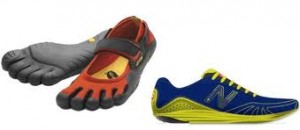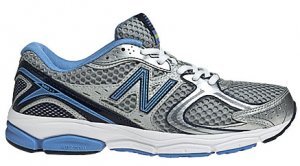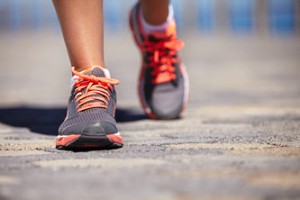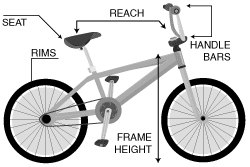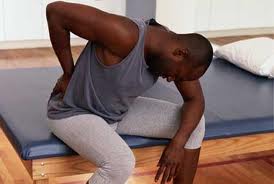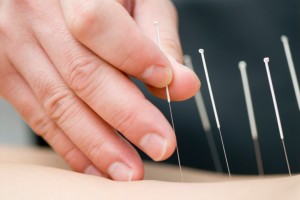 Written by John Timmer
Written by John Timmer
The brain isn’t a static piece of hardware like a computer. If it needs to do something repeatedly, it’s able to remodel itself in order to cope with the cognitive demands. Past studies have indicated London cab drivers see an expansion of the area of the brain that’s involved in spatial reasoning, while professional musicians see an expansion of the area of the brain that provides control over their muscle actions.
Normally, more neural hardware means a higher energetic cost, as cells require a certain amount of energy purely for maintenance (even more when they are active). But a study that tracked the control of limb movements in monkeys suggests that the brain actually executes control over well-practiced movements with increased efficiency, burning through fewer calories in the process.
The procedure for the tests was fairly simple: a small group of monkeys was trained to do a variety of tasks. One of the tasks didn’t involve their arms at all and acted as a control. Two tasks involved directing their arms to a variable target, and therefore the task couldn’t be precisely memorized. Two others involved moving their arms in the same way every time, allowing the monkeys to practice it to the degree that it could become a routine.
Over the course of the practice and after the monkeys were trained, the researchers tracked brain activity using a form of glucose that was tagged with a radioactive tracer. If nerve cells were active, they’d take in more glucose and thus radioactivity, making them easier to spot with the right imaging techniques. At the end of the experiment, they inserted electrodes into the part of the brain called the motor cortex, which controls movements.
The researchers confirmed that the area of the brain that controls the arms (part of the motor cortex) was quiet during the task that didn’t involve using them. And they saw this area light up with radioactivity after performing tasks that involved unpredictable movements of the arms.
But something else entirely occurred when the monkeys performed the task that always involved the same set of arm movements: over time, the amount of glucose taken up by the motor cortex dropped. By the end of the experiment, the well-practiced monkeys showed far less activity when performing this task than the one that wasn’t predictable. As the authors put it, “large portions of arm motor cortex (up to 86 percent in individual monkeys) were devoid of task-related activation during the two internally generated tasks.”
The authors checked the timing and amount of motion involved in completing the two classes of tasks but didn’t find any significant differences between the two. All of this suggests that the brain was simply less active when performing a routine task that the monkeys had memorized.
Except that wasn’t the case. Tests with the electrodes showed that the amount of electrical activity appeared to be roughly the same in the motor cortex regardless of the type of task. More significantly, by tracking the radioactive glucose near the electrodes, they found that routine tasks essentially decoupled electrical activity from the demand for glucose.
The authors suggest that the routine learning of a task increases the efficiency with which the relevant areas of the brain can generate activity. But that’s a hard idea to square with the fact that basic energetics demands that nerve cells require at least a certain amount of energy to reset themselves after firing. Even the authors admit that “at this point we can only speculate about the origin of the dissociation” between neural activity and the demand for energy. One of their more compelling speculations is that the area of the brain reorganizes its connections so that very little nerve firing is needed to get a message out.


